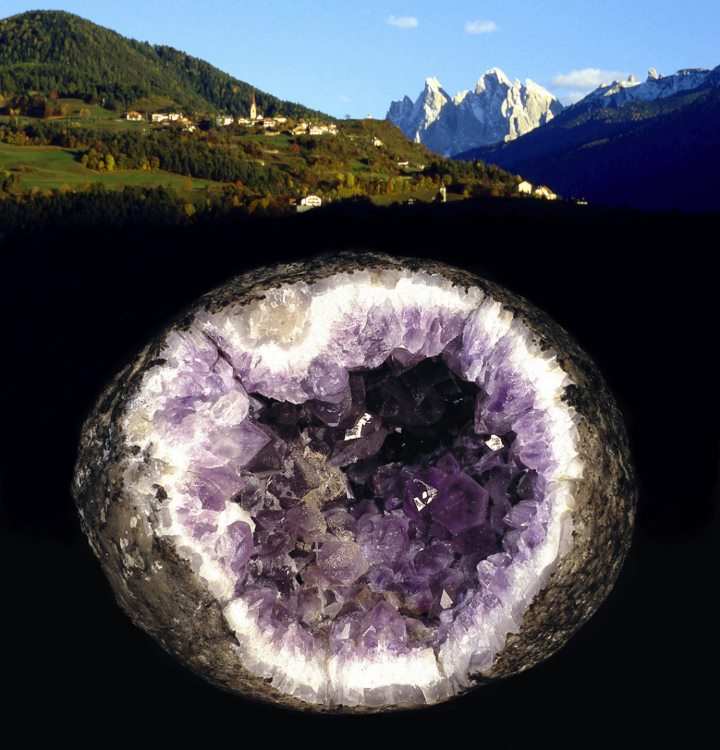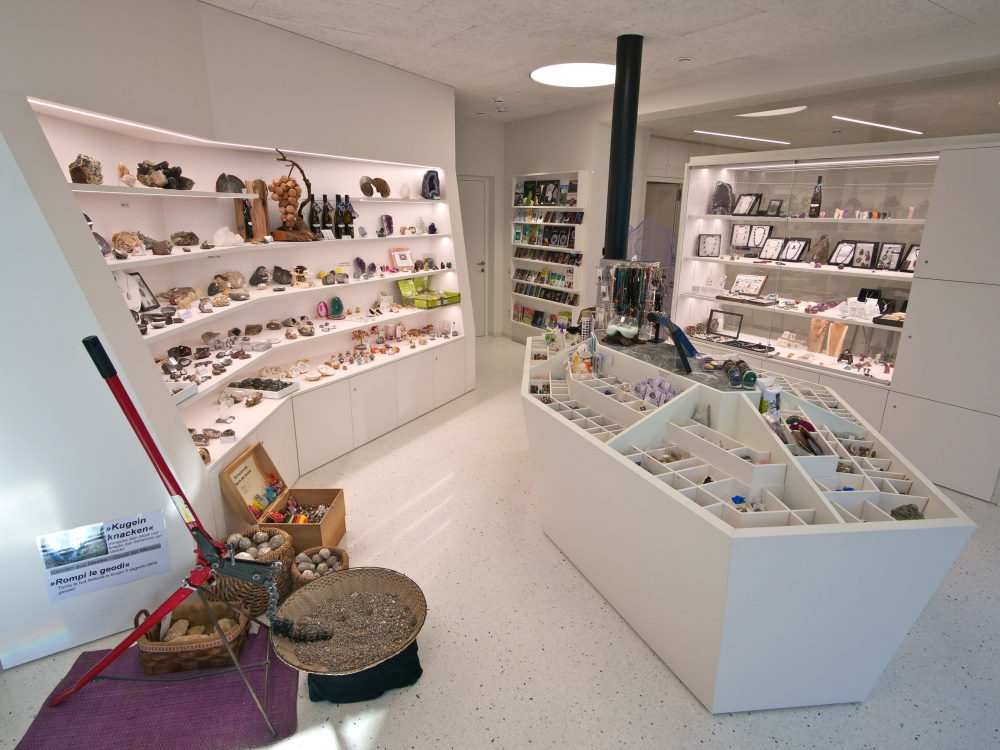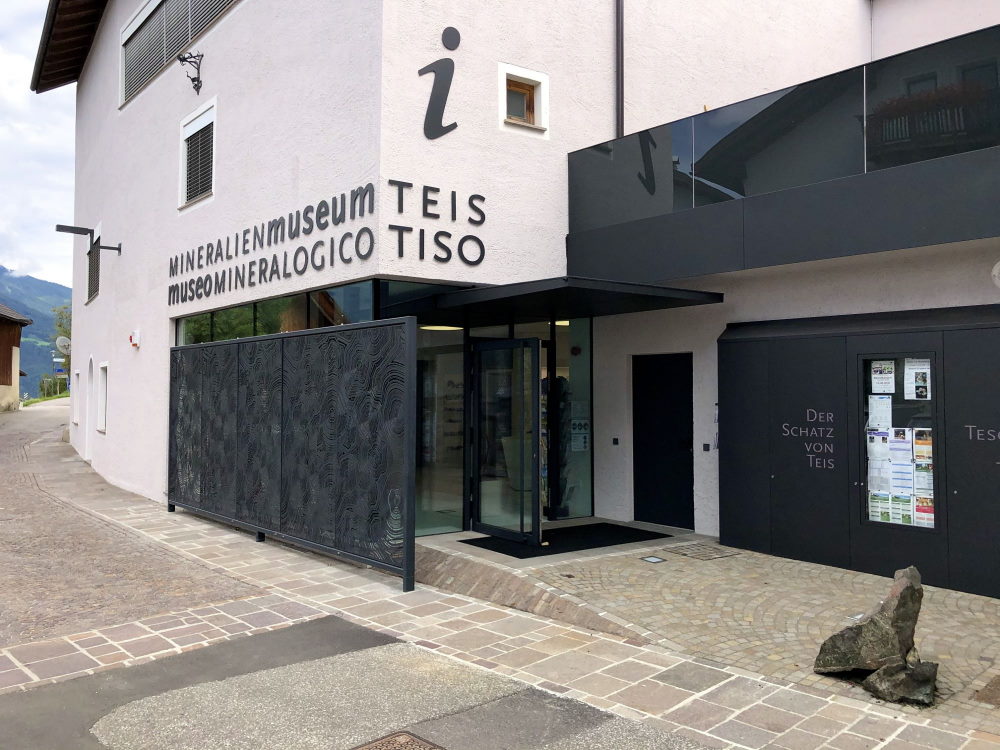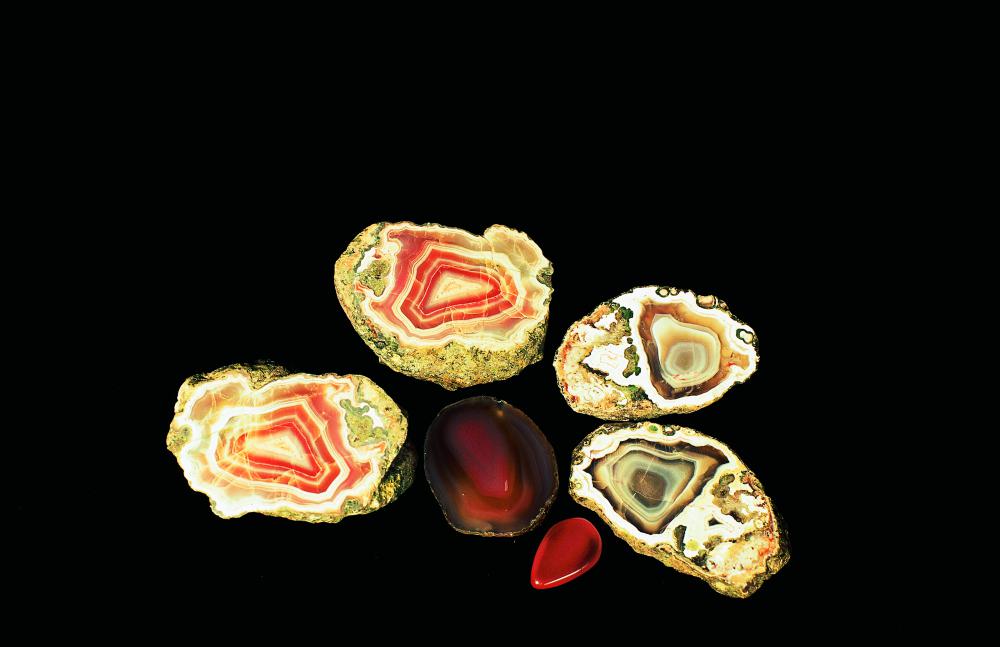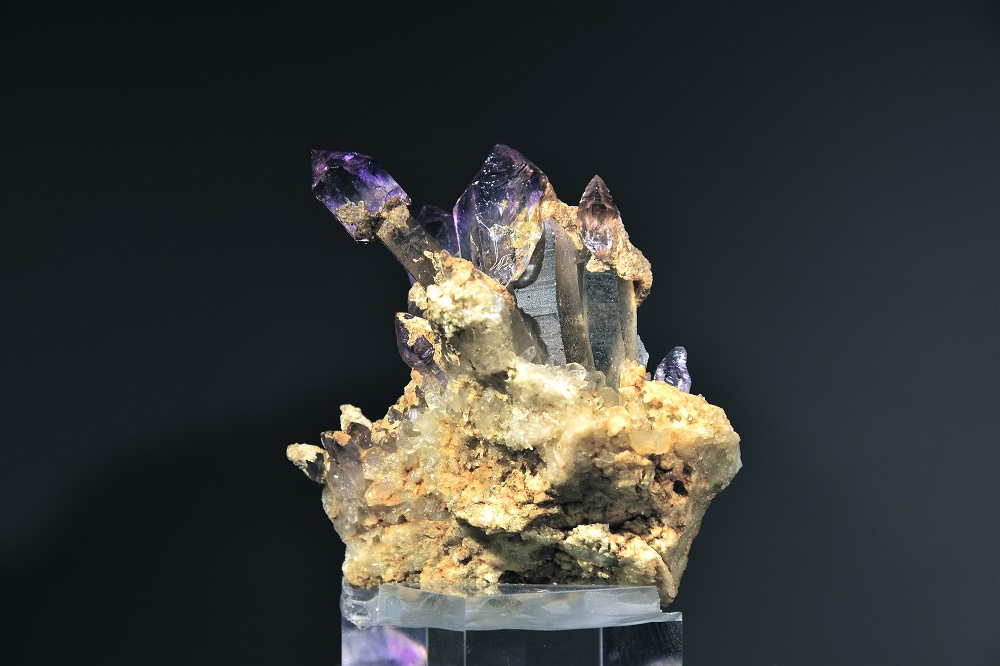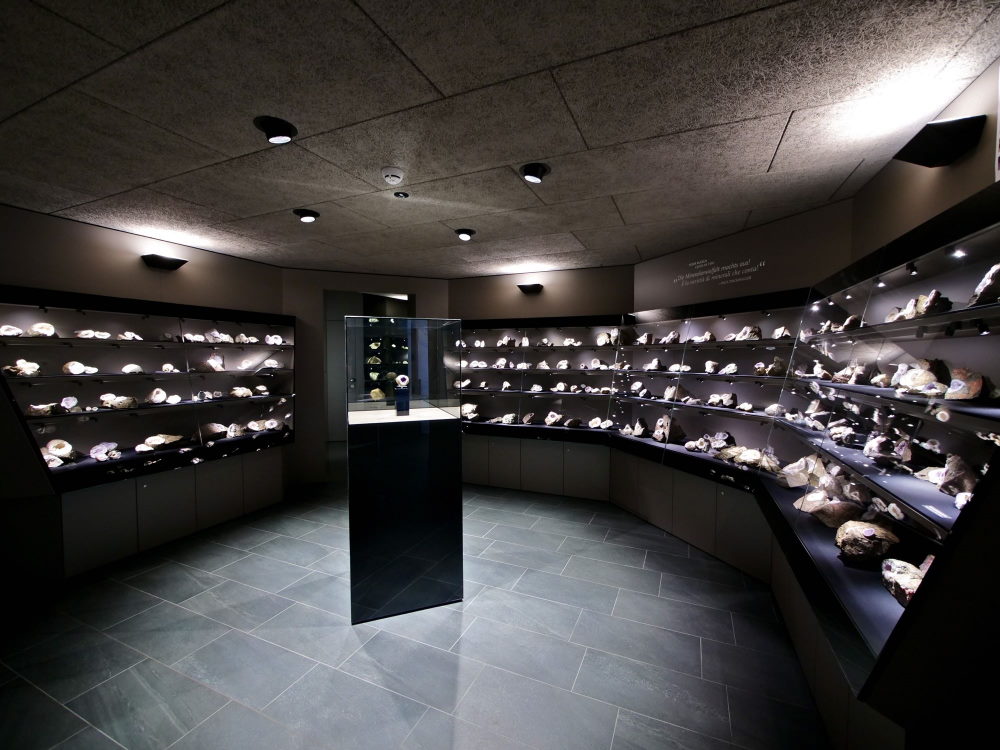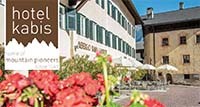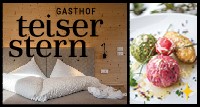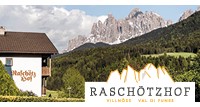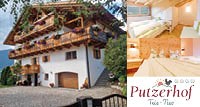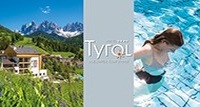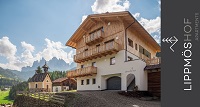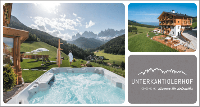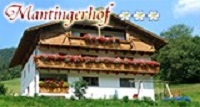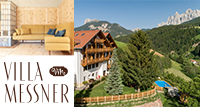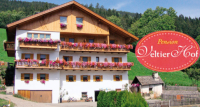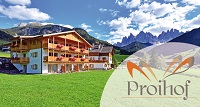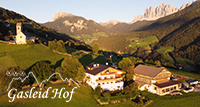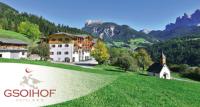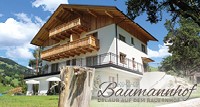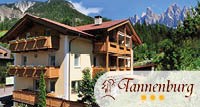Mineral Museum Teis
Jewels of the Dolomites
In the center of the idyllic mountain village of Teis/Tiso, situated at an elevation of 960 meters between the Eisacktal and Villnöss valleys, you’ll find the expertly organized Mineral Museum. It provides a comprehensive overview of the origins and nature of crystals, which can be found in the Dolomites and be admired in the museum today.
Paul Fischnaller, a mountain guide and mineral collector from Teis, has recovered rock crystals from the Villnöss Mountains over the course of the last thirty years. The best known of these are probably the Teiser Balls. These geodes and agate nodules are embedded in their parent rock, a quartz-porphyry tuff, and can reach up to twenty centimeters in diameter. The cavity of these druses contain up to seven different minerals. The museum not only shows the famous Geodes of Teis, but also minerals from other areas in the Alps as well as some special exhibitions.
Children in particular love the guided hikes, during which they can search for Teiser Balls themselves. The museum shop has extensive literature on the subject as well as souvenirs, Teiser Balls, jewelry and healing stones.
SPECIAL EXHIBITION: NOBLE STONES, NOBLE TONES
Easter - November 2025
How do the minerals in the soil form? Initially, all rocks are composed of crystals. Depending on their chemical composition, weather conditions, temperature and humidity, they decompose into more or less fertile soil over the course of millions of years. Many of these crystals are unremarkable. However, every now and then, nature creates the most beautiful works of art which are just as singular and unique as the wine which—millennia later—brings the various components back together in its own way. Both crystals and wine have their own enthusiasts who are often willing to guard their treasures for many years.
This, however, is not their only connection. Wine enthusiasts and mineral collectors also use a common language to describe their treasures: colour, brightness, clarity, body or density, purity and brilliance
Paul Fischnaller, a mountain guide and mineral collector from Teis, has recovered rock crystals from the Villnöss Mountains over the course of the last thirty years. The best known of these are probably the Teiser Balls. These geodes and agate nodules are embedded in their parent rock, a quartz-porphyry tuff, and can reach up to twenty centimeters in diameter. The cavity of these druses contain up to seven different minerals. The museum not only shows the famous Geodes of Teis, but also minerals from other areas in the Alps as well as some special exhibitions.
Children in particular love the guided hikes, during which they can search for Teiser Balls themselves. The museum shop has extensive literature on the subject as well as souvenirs, Teiser Balls, jewelry and healing stones.
SPECIAL EXHIBITION: NOBLE STONES, NOBLE TONES
Easter - November 2025
How do the minerals in the soil form? Initially, all rocks are composed of crystals. Depending on their chemical composition, weather conditions, temperature and humidity, they decompose into more or less fertile soil over the course of millions of years. Many of these crystals are unremarkable. However, every now and then, nature creates the most beautiful works of art which are just as singular and unique as the wine which—millennia later—brings the various components back together in its own way. Both crystals and wine have their own enthusiasts who are often willing to guard their treasures for many years.
This, however, is not their only connection. Wine enthusiasts and mineral collectors also use a common language to describe their treasures: colour, brightness, clarity, body or density, purity and brilliance
Information
Mineral Museum TeisTeiser Street 12
I - 39040 Villnöss/Funes valley (BZ)
+39 0472 844 522
info@mineralienmuseum-teis.it
www.mineralienmuseum-teis.it
Opening times
Open from 13th April until 2nd November 2025Sunday before Easter to Sunday after All Saints’ Day
Tue - Fri: 10 am - 12 noon / 2 pm - 4pm
Sat - Sun: 2 pm - 5 pm - Closed on Mondays
Museum visit for groups of 20 or more people also possible in winter by appointment. Museum shop open also during winter by appointment.
